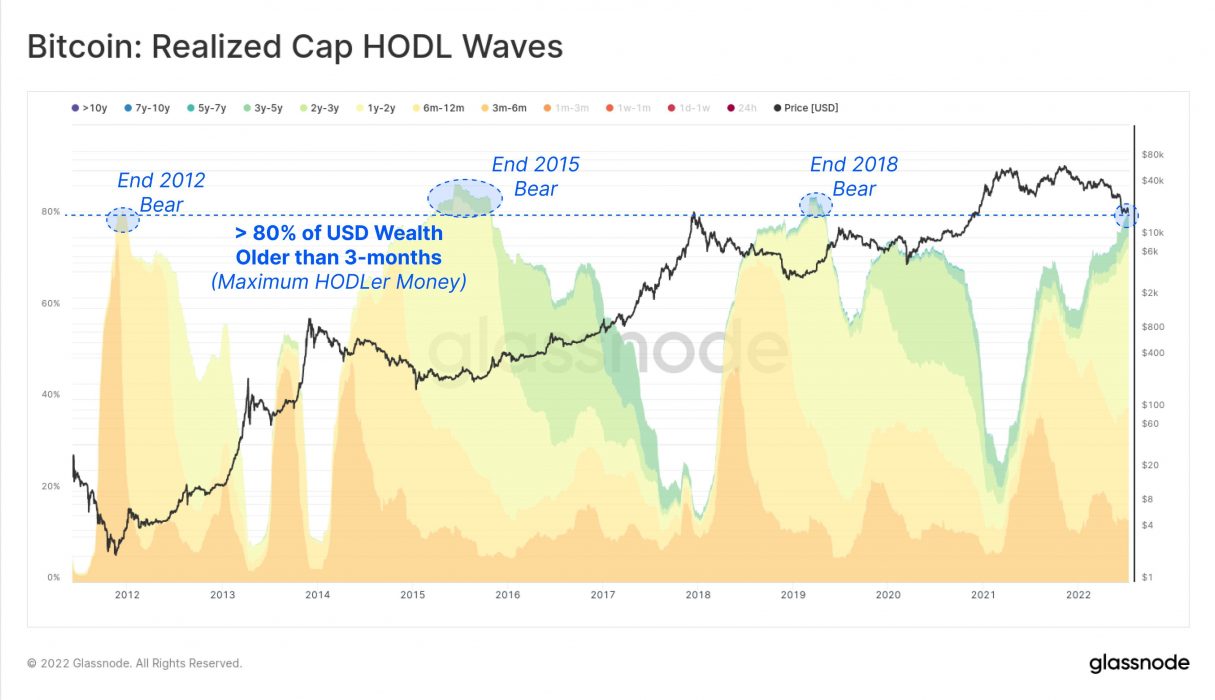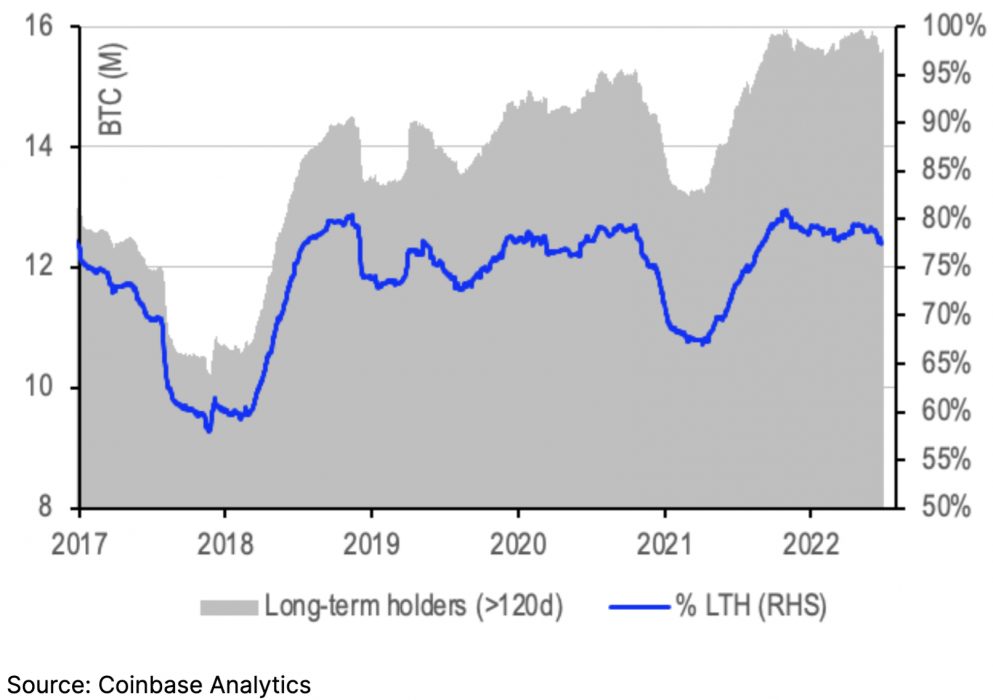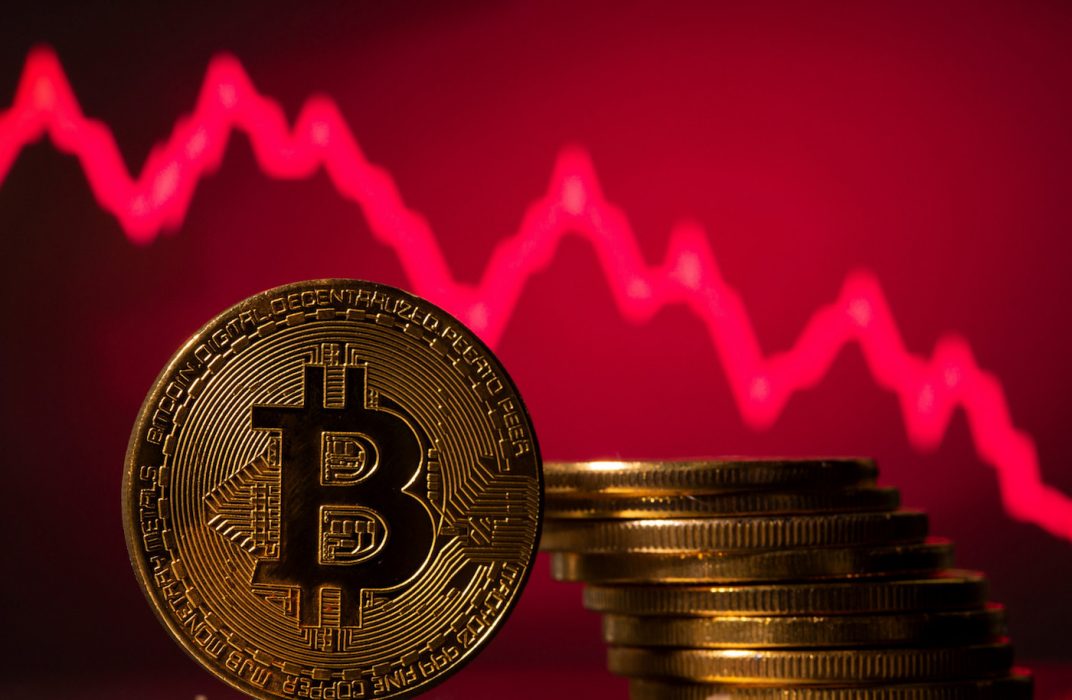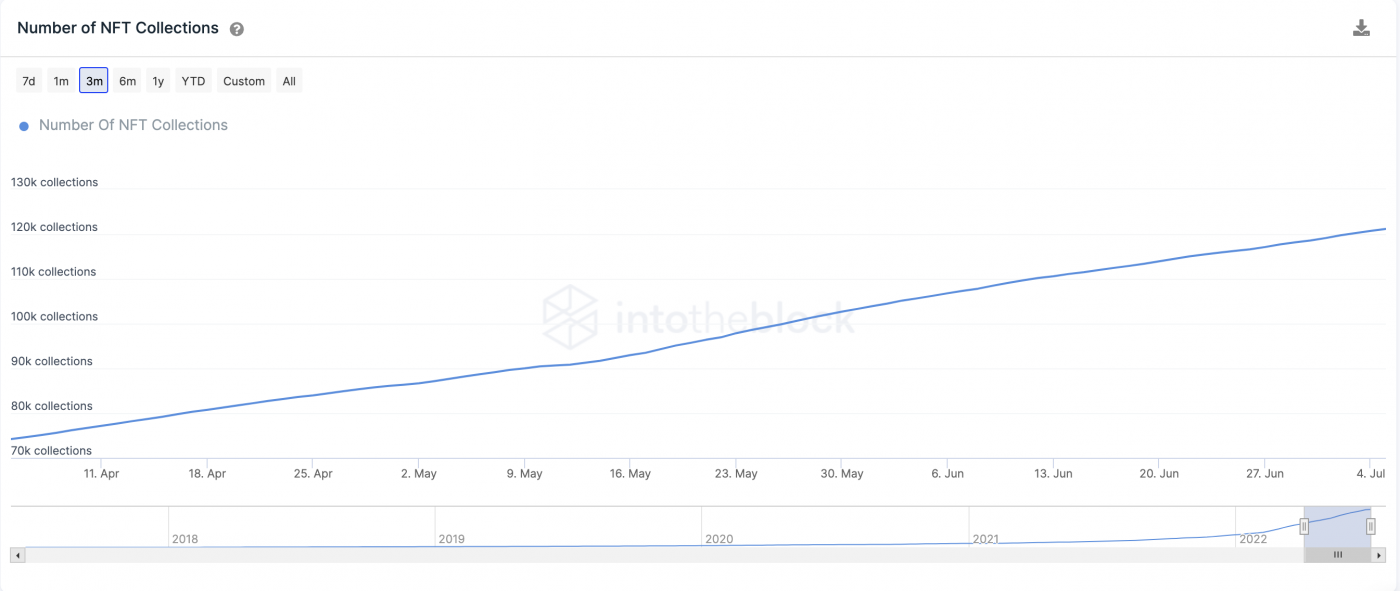The Dogecoin copycat, TeddyDoge (TEDDY), has lost over 99.95 percent of its value over the past few days after suffering what crypto security firm PeckShield described as a “soft rug pull” last weekend:
PeckShield said wallets connected to the coin’s developers acquired and then swapped over 30 billion TEDDY tokens – valued at approximately US$4.5 million – for wrapped Binance Coin (wBNB).
The wrapped BNB was then converted to BNB and Binance USD (BUSD) and gradually transferred to Binance, sending investor confidence and the price of TEDDY plummeting.
Rogue Developers Plunder Liquidity Pools
The TeddyDoge developers were able to easily steal such a large amount of assets because they controlled the TeddyDoge liquidity pools, meaning they had total access to the token pairs held in their smart contracts.
Regulators are slowly starting to wake up to the risk rogue crypto developers pose to investors. In April, new legislation was filed in New York state to specifically outlaw crypto rug pulls.
Rug pulls in crypto refer to projects that often initially appear legitimate but eventually, when the price has pumped sufficiently, the developers abandon the project and make off with investors’ assets, figuratively pulling the rug out from under them. In the case of TeddyDoge, investigators have labelled it a “soft rug pull” as they’re not yet certain the developers have totally abandoned the project.
Project’s Telegram Admins Not Sure What Happened
The administrators of the TeddyDoge Telegram channel also remain uncertain as to exactly what caused the loss of funds and price crash, saying it could have been either “a bug in our cross-chain bridge or a leaked developer wallet”.
The admins warned users not to buy any more TEDDY tokens for now, saying they had closed the cross-chain bridge and were “in the process of fixing it”. They also said that TEDDY holders would soon receive a new token called DRAC, as the project was rebranding from TeddyDoge to the DRAC Network.
TeddyDoge is the latest in a long line of crypto projects to have defrauded investors. In November 2021, the founders of the curiously named Monkey Jizz DeFi project made off with approximately US$300,000 of investors’ funds after having gone to great lengths to appear legitimate and assure investors.














